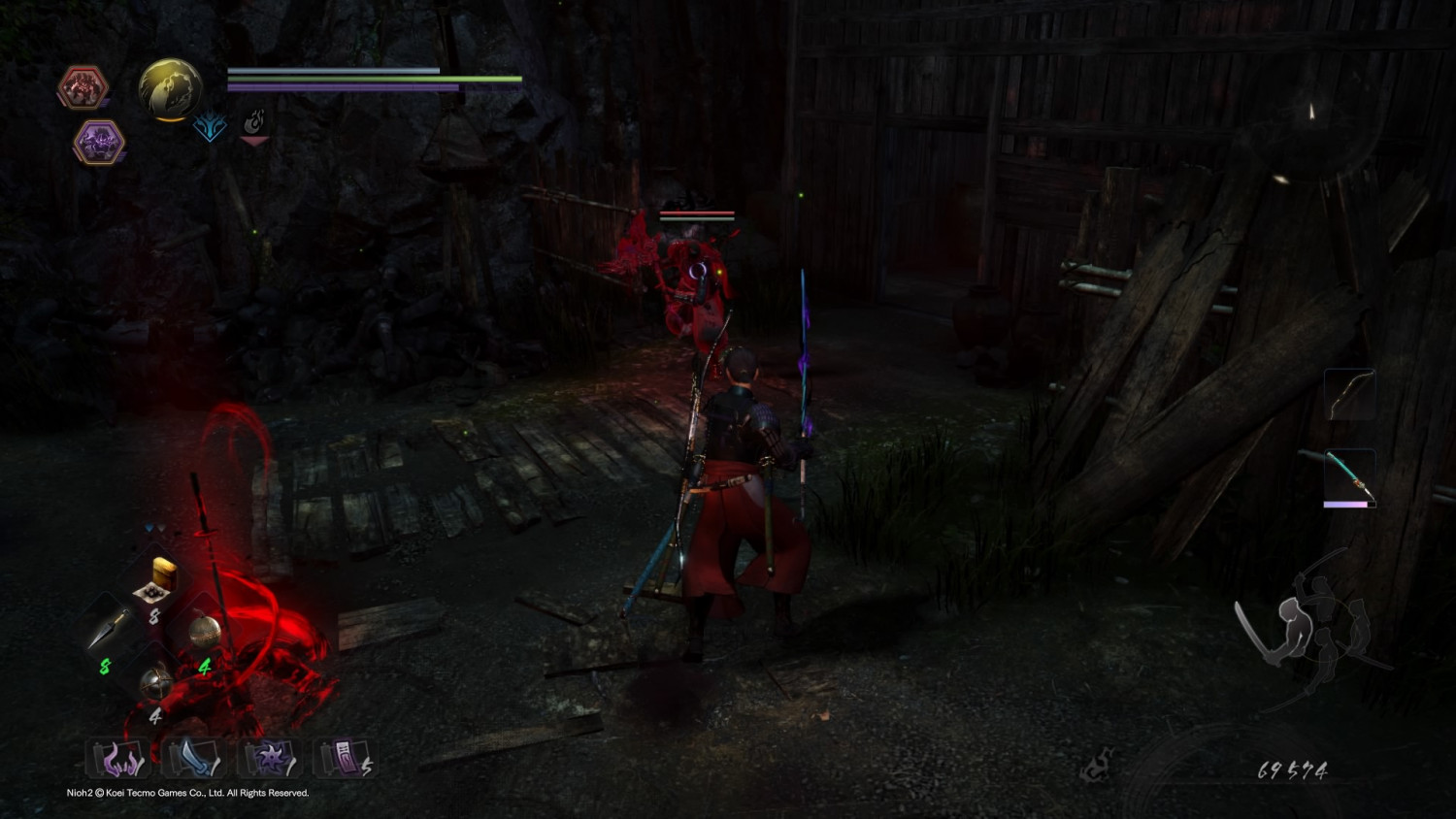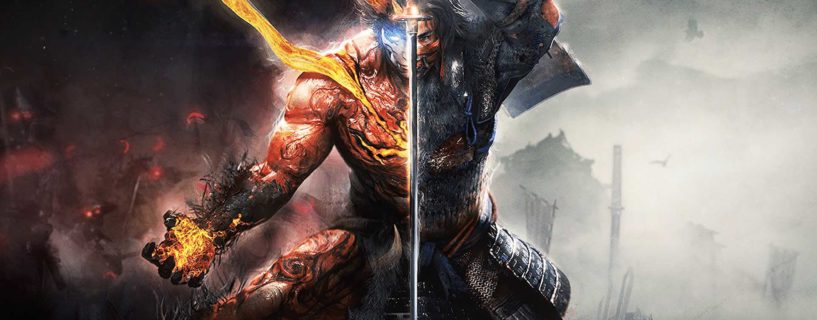

Nioh rewards aggression, flow, and precision, and punishes overcautiousness mercilessly. A swordfight usually ends with your opponent missing one or more limbs. Weapons, meanwhile, feel light and lethal. Movement is light, slick and fast, heavily influenced by the developer's previous work on Ninja Gaiden. For example, you could end a sword combo with a kick, useful for pushing enemies off ledges, or finish the sequence with back-step and slash, great for getting a final, cheeky hit in while also putting some distance between yourself and your opponent.Īlongside its depth, the combat feels fantastic. These skills can also be mixed and matched to a limited degree. But this is merely the surface of a perilously deep rabbit hole that includes about six different weapon types, each with three move-sets for light, medium, and heavy stances, alongside a unique set of skills that can be unlocked through the course of the game. The framework is familiar, a combination of light attacks, heavy attacks, blocks and dodges. Nioh's combat system is absolutely superb. And of course, these locales are filled with an eclectic variety of monsters and mercenaries who desperately want to insert something sharp and pointy into your flesh. Each one has a slightly different theme and its own twisting networks of pathways, shortcuts and secrets you'll need to gradually pick through. These levels range from burning villages to besieged castles to sulphurous silver mines.

Praying at a shrine will respawn most of the enemies that Adams has killed thus far, while dying will send him back to the last shrine he prayed at. His progress is built around 'Shrines', where Adams can rest, level up, and perform several other tasks. Each mission sees Adams exploring an area infested with human and Yokai enemies. Within a mission, however, the structure resembles Dark Souls pretty closely.

The broader structure is broken up into a mixture of main and side-missions that are accessed from maps of several different regions (more on this later). That being said, however, it is colourful and fun, and the pulpy, more lighthearted tone of the inter-mission dialogue serves as much-needed respite from the dark and challenging levels you explore. Most of the tale is told through cutscenes and static dialogue, and it's not always clear how the narrative fits in with the level that you're currently exploring. It's also not especially well weaved into the game. Nioh's storytelling is entirely unsubtle, featuring one-dimensional characters and laden with cliches. Adams' quest to find Kelley drags him into conflict with both humans and monsters as he scours Japan for his nemesis. Meanwhile, Japan's ongoing civil war has triggered an invasion of Yokai – malign spirits from another realm. Adams is on the trail of an English sorcerer named Edward Kelley, who seeks out the power of Amrita, a variant of the Philosopher's Stone. Nioh's telling of this tale is heavily embellished with elements of the supernatural. Nioh's story centres around William Adams, a real-life sailor who survived the long and perilous voyage to feudal Japan and became the first ever Western samurai. It's a weird mix that fits somewhat awkwardly together, but there are also moments where Nioh surpasses the titan of the genre it aspires to. It's a game where a nuanced combat system and ferociously difficult boss fights are framed within a more traditional ARPG structure, and a trope-heavy story about one of the most famous periods in Japan's history. What I mean is, whereas From Software's game draws its inspiration from Western fantasy, Nioh's influence derives mainly from the culture of its own country, both ancient and modern. This also demonstrates how dangerous it is to compare things to Dark Souls, because Dark Souls is itself Japanese. The easiest way to describe Nioh is a Japanese Dark Souls.


 0 kommentar(er)
0 kommentar(er)
